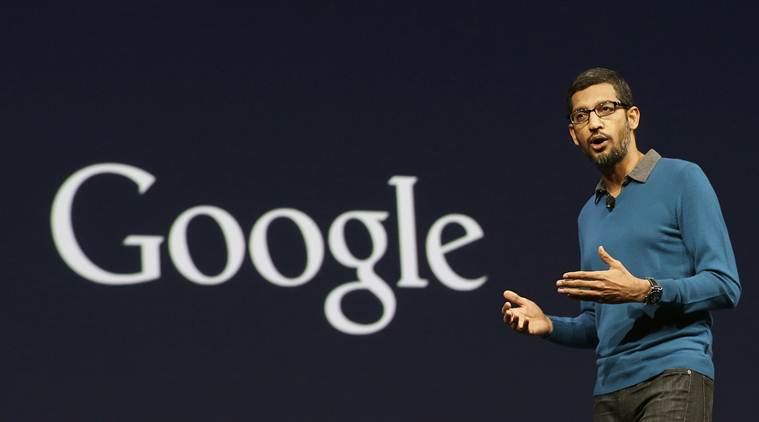Google finally played catch up by unveiling Android Pay at the Google I/O developer conference yesterday. With Android Pay, Android users can make payments – both online and offline – using their phones, making the payment process easier and secure compared to card payments.
Like Apple Pay, which was launched in October 2014, Android Pay works on the NFC technology. This is not the first time Google has used the contact-less technology. Google Wallet, the predecessor to Android Pay, was based on NFC but failed to get mainstream adoption by both Android users and merchants because ‘it arrived too early’. But has Android Pay now arrived ‘too late’?
The credit for mainstream adoption of NFC-based payments will definitely go to Apple, who rounded up majority of the US banks and merchants to participate in its payment system. But the ground reality is that Apple users will use Apple Pay and Android users will use the newly unveiled Android Pay.
With the launch of Google’s new payment system, we can expect boardrooms buzzing with discussions on joining the bandwagon. Two things can be expected:
1. Merchants will now be open to NFC-based payments
Despite Apple managing to get major retailers like Bloomingdales and Walgreens, food chains like McDonalds to adopt NFC-based payments, not all retailers were willing to invest in the technology.
Walmart, for example, took a stance last year that it will not join the NFC bandwagon pulled by Apple and instead, chose to adopt the CurrentC payment system, which is based on QR Codes. For Walmart, the move made sense because only iPhone 6, iPhone 6 Plus, and the Apple Watch support Apple Pay. With CurrentC, it is possible to pay with any smartphone with a camera.
But now that Android has joined in with a considerable number of NFC-enables devices, Walmart might rethink its stance.
2. Device manufacturers will add NFC to their new phones
With the growing ecosystem of NFC-fueled payment services powered by Apple and Android Pay, device manufacturers like Samsung, LG, and HTC will now be expected to add NFC technology to their new devices.
According to NFC World, there are currently between 300-350 NFC-enabled devices in the smartphone market. We can now expect this number to grow significantly.
Apple has started a wave of adoption of the NFC-enabled payments, a feat that Google failed with the Google Wallet. What will be interesting to see is how Samsung plays in this new market.
Samsung recently acquired the popular US mobile payments service LoopPay which works with existing card reading machines at POS i.e. 90% of all POS in the United States. This is huge compared to only 220,000 stores that adopted Apple Pay at the time of launch.
Whether it is NFC or QR Code, one thing is for sure – ‘convenient mobile payment’ is the future and it is coming sooner than you thought.
